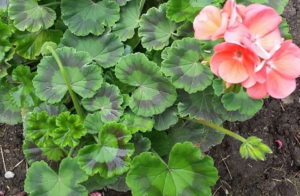Rosemary is a fragrant herb belonging to the mint family. It has needle-like leaves and blue, purple, pink, or white flowers. It’s native to the Mediterranean region but has been successfully grown in various parts of the world. The plant is widely used for culinary, medicinal, and ornamental purposes.

Umbrella Palm
Umbrella palm can add a tropical flair to any garden or indoor space. It’s a grass-like plant that has long



